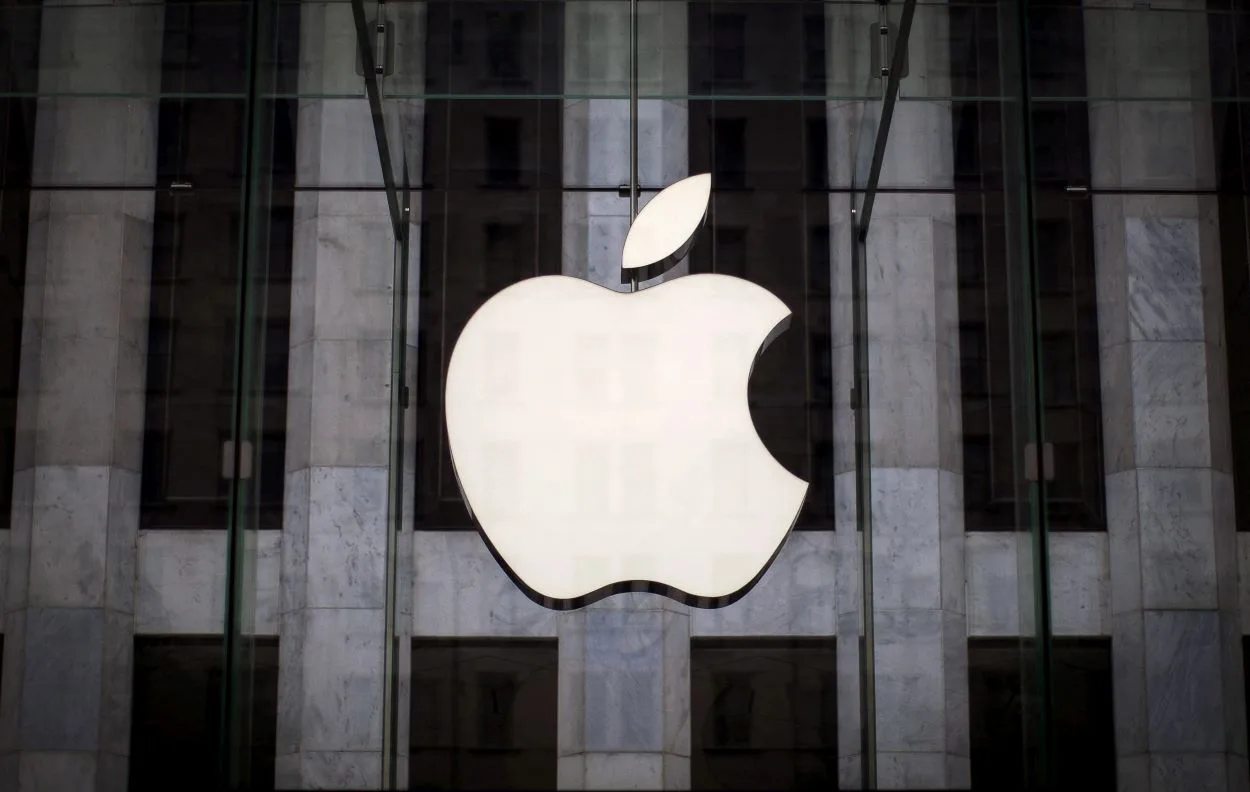Apple released a technical document on July 21, 2025, detailing its next-generation AI models introduced at WWDC 2025. Titled “Apple Intelligence Foundation Language Models Tech Report 2025,” the report offers unprecedented transparency regarding model architecture, training data, efficiency improvements, and multilingual capabilities.
This move aligns with Apple’s focus on privacy-centric AI, providing valuable insights for both developers and users. The on-device model optimises memory usage, while the cloud version employs innovative designs for speed. Below, we break down the key features, backed by Apple’s report and analyses from 9to5Mac.
Apple’s on-device model features approximately three billion parameters, split into two blocks for better performance. Block 1 contains 62.5% of the transformer layers, while Block 2 holds the remaining 37.5%, excluding key and value projections. This design cuts memory usage for caching by 37.5% and accelerates first-token generation. Apple claims these optimisations maintain accuracy and quality, enabling efficient AI on devices like iPhones.
In a new research paper, Apple doubles down on its claim of not training its Apple Intelligence models on anything scraped illegally from the web.#Apple #AI By @WGallagher
https://t.co/JwY5YsyDdH
— AppleInsider (@appleinsider) July 21, 2025Cloud Model Optimised for Complex Tasks
The server-side model, powered by Private Cloud Compute, uses a Parallel-Track Mixture-of-Experts (PT-MoE) architecture. It activates only necessary “expert” units for tasks, such as cooking queries, triggering relevant experts. The model operates on multiple parallel tracks, featuring both standard and specialised layers, which enhances speed and scalability. Apple added Interleaving Global and Local Attention Layers to enhance context understanding, balancing detail and big-picture processing.
Apple boosted multilingual training data from 8% to 30% and expanded vocabulary from 100,000 to 150,000 tokens. This upgrade improves performance in non-English languages. To ensure natural outputs, Apple tested with native speaker prompts instead of translations, refining cultural nuances.
Apple sourced most training data from public web pages via Applebot, respecting robots.txt rules. Licensed content was sourced from deals with publishers such as Condé Nast, NBC News, and IAC. This approach emphasises ethical sourcing while prioritising user privacy in AI development.
Apple’s tech report highlights innovations that are making AI faster, more efficient, and more inclusive. These advancements position Apple Intelligence as a leader in user-friendly, privacy-focused AI.






